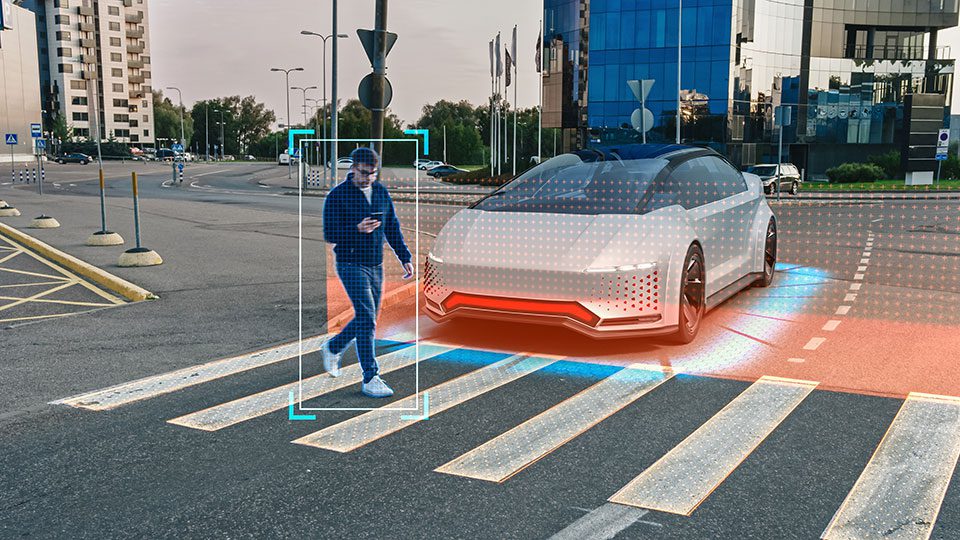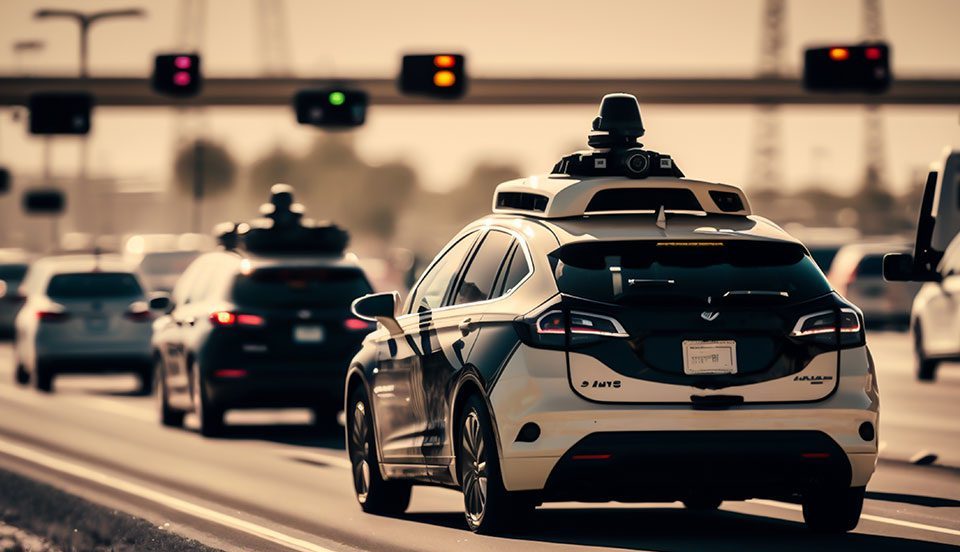
Vehicle Autonomy Levels 0 – 5 Explained
With each passing year the technology in our cars grows more and more complex as we move closer to the inevitable – driverless cars. Cars with autopilot of some degree are nothing new but there is a spectrum of automation that the modern motorist should get to grips with if they wish to stay up to date with the technologies present in modern vehicles. Thankfully, we’re on hand to provide you with a simple walkthrough of the 6 vehicle autonomy levels. Let’s get into it, shall we?
Level 0: No Automation
Most vehicles on the road today are at level 0 on the automation scale. Vehicles at this level have no autonomous driving capabilities at all and are fully reliant on the driver. Typically, cars at level 0 won’t have any integrated driver assistance systems. So, should the driver lose control of the car, they are solely responsible for regaining it without any assistance from onboard technology. As we said, the vast majority of cars on the road are still at Level 0, though some manufacturers are beginning to equip even their more basic models with driver assistance features.
ADAS features that will soon come as standard on all new vehicles
Level 1: Driver Assistance
Cars at autonomous driving Level 1 come equipped with basic ADAS (advanced driver assistance systems) systems that can control either the vehicle’s throttle or lane steering but never both simultaneously. Since the driver is still responsible for steering, Level 1 is often referred to as a “hands on” autonomous system. Some common ADAS features at this level include adaptive cruise control (ACC) which allows the car to control its own speed while maintaining a safe distance from the vehicle ahead of it, automatic emergency braking (AEB) and lane departure warning. Some cars at this level may also have basic parking assistance systems.
Level 2: Partial Automation
Cars at Level 2 automation, sometimes referred to as “hands off” automation, are able to fully control their own acceleration, braking, and steering without any direct input from the driver. However the driver still needs to be prepared to take control at any time should the system encounter a situation it is not equipped to handle. In the interest of safety, some Level 2 equipped cars even have cameras integrated to monitor the driver’s eye position and ensure they are paying sufficient attention to the road ahead.
ADAS features associated with level 2 automaton include more capable and complex adaptive cruise control along with lane keep assist capable of operating at higher speeds and improved self-parking capabilities.
Level 3: Conditional Automation
If level two is “hands off” then one might classify the vehicles at Level 3 autonomation as “eyes off”. These systems are so advanced that, in certain situations, they allow the driver to have their attention entirely elsewhere while the ADAS automation handles the guts of the driving.
Level 3 automation systems are designed to operate on motorways more so than complex routes around town. However, just like with Level 2 equipped cars, the driver should be prepared to take control of the vehicle in case of an emergency. Thankfully Level 3 automated cars often come equipped with an advanced driver assistance system designed to notify the driver to retake control when they encounter tricky situations. If the driver fails to respond to the prompts, the car will slow down and come to a safe stop at the side of the road. Autonomous vehicles at Level 3 often come equipped with more advanced sensors to assess their surroundings and are much better at maneuvering their way through traffic on busier roads.
Level 4: High Automation
Level 4 automation is where we begin to enter the realm of what was once considered science fiction. The ADAS automation systems found in Level 4 enabled vehicles require very little attention from the driver for them to arrive at their destination safely. In fact, one could notionally take a nap behind the wheel of a Level 4 vehicle and still get wherever they need to go in one piece. Though close to being a fully autonomous driving vehicle, Level 4 cars are only equipped for autonomous driving in specific circumstances. For example, specific geofenced areas in certain cities or on motorways.
A Level 4 (much like at level 3) if the vehicle detects something that it’s not designed to handle or if it exits the area it’s programmed to operate in, it will prompt the driver to take control and, if ignored, it will come to a halt once it is safe to do so.
Level 5: Full Driving Automation
The final stage of autonomous driving is Level 5, or full driving automation. These self driving cars can go anywhere under any condition safely without any driver input of any sort. In some cases, these self driving autonomous cars may not even have any steering wheel or pedals at all. In future, cars like these will be controlled by advanced computers and AI, and a variety of online traffic systems to ensure the safety of their passengers.
Testing cars like this is ongoing and we are likely still at a couple of years away from seeing them on the roads. That said, autonomous driving features are getting better year on year and it simply can’t be too much longer until they become relatively commonplace.
We hope this explainer has left you feeling better informed about the exciting future of autonomous driving. Strange as it might seem, driverless cars are just around the corner! Be sure to check the Autoglass® blog again soon for more explainers, guides and tips about all things motoring. Safe travels.
Book an appointment now
For a quick and easy way to make an appointment book online now.


